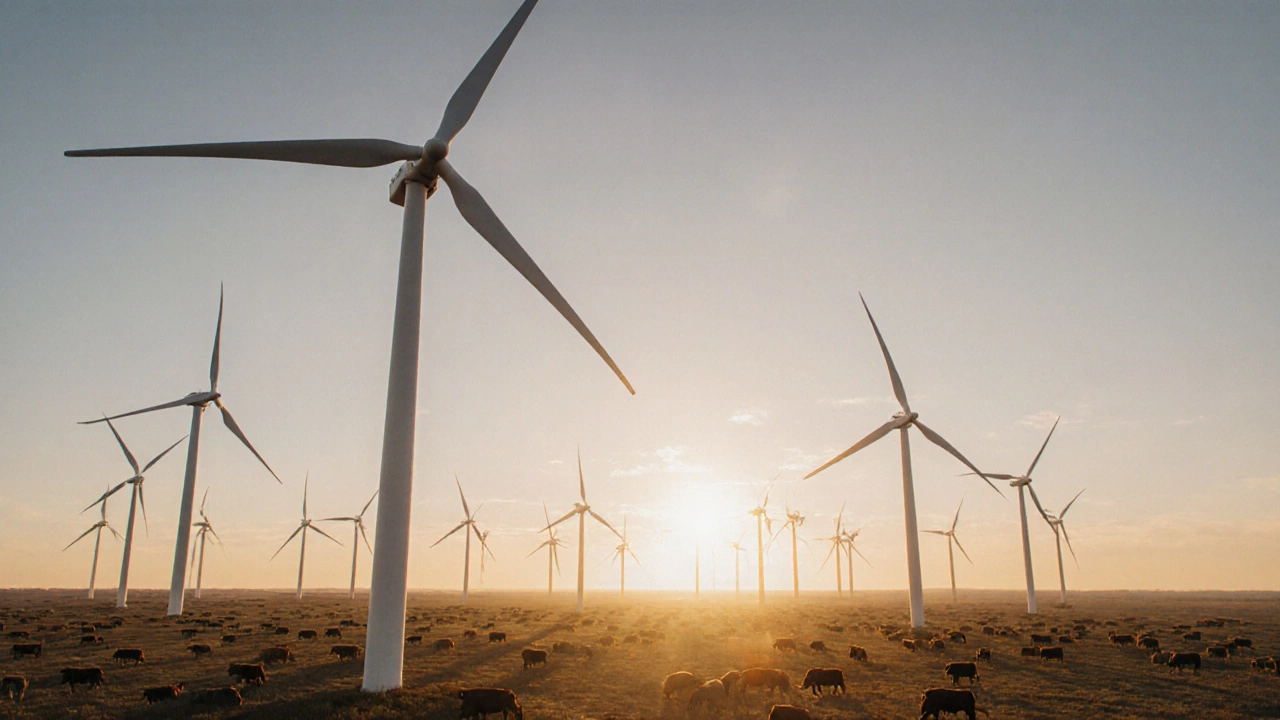Wind Power in India: How It Works, Why It Matters, and What’s Changing
When you think of wind power, the process of generating electricity using the natural movement of air through turbines. Also known as wind energy, it’s one of the cleanest, fastest-growing ways to power homes and industries without burning coal or gas. In India, wind power isn’t just a backup option—it’s now a main player. Over 40 gigawatts of wind capacity are already online, enough to power more than 30 million homes. And it’s getting cheaper every year.
Wind power relies on wind turbines, tall structures with blades that spin when wind blows, turning mechanical energy into electricity. These aren’t just big fans—they’re precision machines designed to capture even light breezes. Modern turbines in Gujarat, Tamil Nadu, and Rajasthan can generate over 3 megawatts each, enough to run a small factory. The real magic? No fuel needed, no smoke, and almost no ongoing cost after installation. This makes wind power a natural fit for India’s push toward renewable energy, electricity generated from natural sources that don’t run out, like wind, sun, and water. Unlike coal plants, which need constant shipments of fuel and expensive maintenance, wind farms just sit there and work—day and night, as long as the wind blows. And with solar prices dropping too, many states are now building hybrid farms that use both wind and sun to keep the lights on even when the weather shifts.
The shift to wind power isn’t just about saving money—it’s about creating jobs, reducing pollution, and giving rural communities new income. Farmers in Maharashtra now lease their land to wind companies and earn steady rent. Engineers in Bengaluru are designing smarter turbines that work better in low-wind areas. And cities like Chennai and Pune are cutting their air pollution because fewer power plants are burning coal.
What you’ll find below are real stories and data from across India—how wind power became cheaper than coal, why some projects fail despite good tech, and how local communities are shaping the future of energy. No fluff. Just what’s working, what’s not, and what’s coming next.





